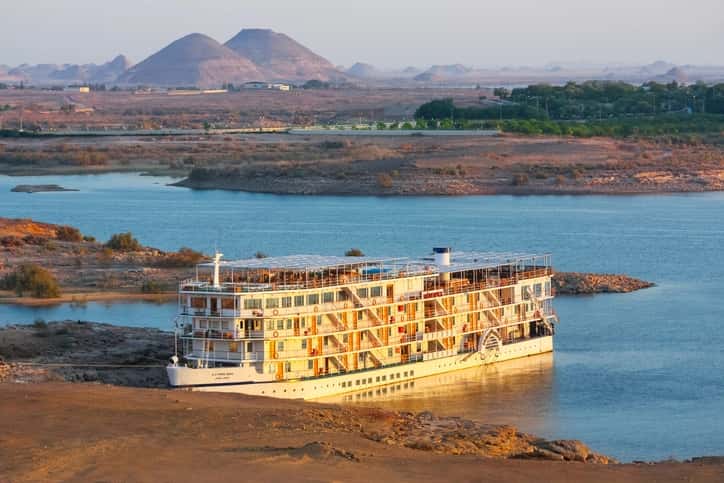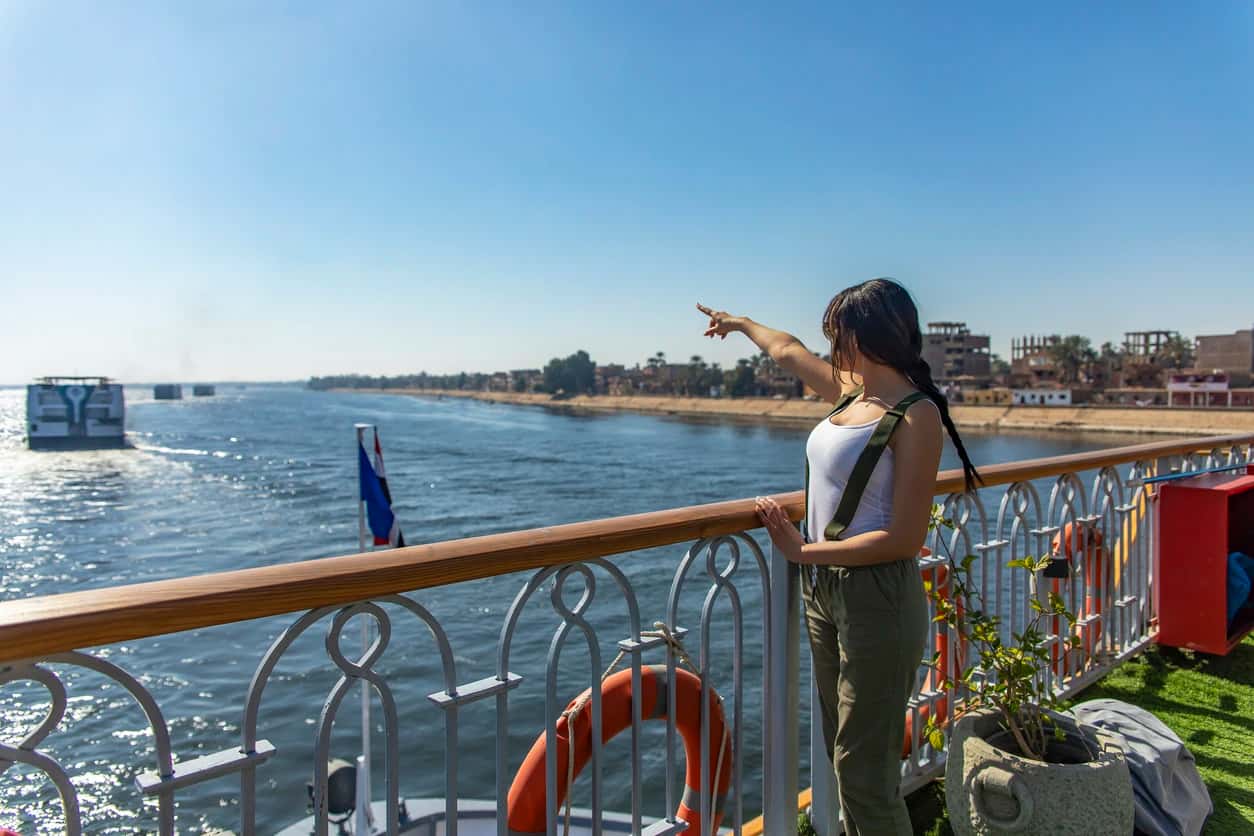

Uncover the secrets behind Lake Nasser, Egypt. It’s a story of engineering, sacrifice, and the rebirth of agriculture in Upper Egypt.
1- Before the Dam: Life Along the Nile
2- The Aswan High Dam and the Birth of Lake Nasser
3- The Human and Cultural Cost
4- Lake Nasser's Role in Modern Egypt
5- Conclusion
6- FAQs
Lake Nasser is one of the world’s largest man-made lakes, created between 1958 and 1970 during the construction of the Aswan High Dam. Spanning over 550 kilometers and covering around 5,250 square kilometers, it significantly reshaped Egypt and Sudan's geography, economy, and lifestyle. Holding up to 157 cubic kilometers of water and reaching 130 meters deep, the lake generates 10 billion kilowatt-hours of electricity annually and supports 52 fish species. It has revitalized 800,000 acres of desert and turned 700,000 acres into year-round farmland. However, its creation displaced about 800,000 Nubians. Geographically, two-thirds of the lake lie in Egypt and the rest in Sudan, where it’s known as Lake Nubia. It also ended the Nile’s seasonal flooding, transforming life along its banks.
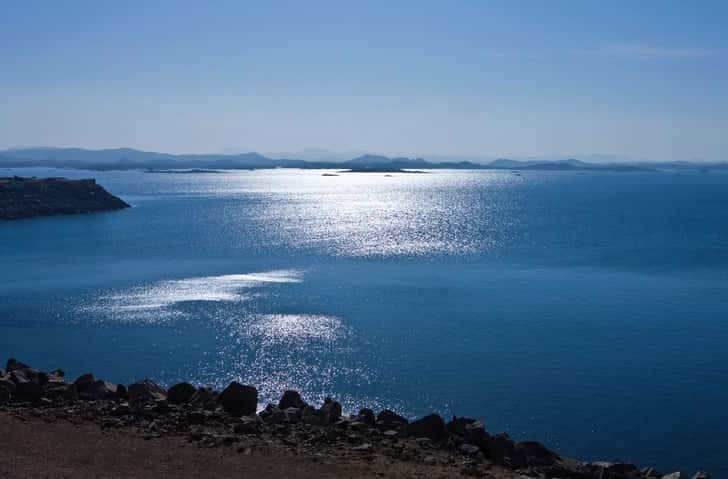
Long before Lake Nasser submerged the Nubian Nile, the region was a cradle of civilization. Situated in what is now southern Egypt and northern Sudan, Nubia thrived for millennia along the banks of the river.
Ancient Nubia was a vibrant region that stretched from Egypt’s first cataract down past the second, reaching east to the Red Sea and west toward the Libyan Desert. It was divided into two main areas: Upper Nubia, known as Kush, and Lower Nubia, or Wawat. As early as 7000 BC, people were already settling in this fertile stretch of land. One of the earliest known communities was Wadi Halfa, now hidden beneath the waters of Lake Nasser.
Thanks to its location, Nubia became a cultural crossroads where local customs met Egyptian and other regional influences through trade and contact. Unlike Egypt’s long, continuous farmland along the Nile, Nubia’s fertile areas were scattered in small patches across 160 miles of riverbank, broken up by desert and rocky land. This led to a mix of lifestyles—from farming near the river to nomadic herding and mixed agriculture in different parts of the region.
For generations, the people of Nubia and Egypt lived in rhythm with the Nile. Each summer, rains in the Ethiopian highlands would swell the river, sending rich, dark silt downstream. By September, the floodwaters rose, sometimes over a meter high, soaking the fields and refreshing the land. When the waters receded in October, farmers planted their crops in the moist, fertile soil—often without needing much extra irrigation—then waited for harvest between March and May.
This natural cycle was the heartbeat of everyday life, supporting entire communities with staple crops like wheat, barley, legumes, and fruits. Over time, people became skilled at managing the river, building basin irrigation systems as early as 3100 BC and using simple tools like the shaduf to lift water by hand. Still, the Nile wasn’t always predictable. Too much flooding could damage homes and fields, while too little brought hardship and hunger. Yet through it all, the river remained a source of life and resilience.
The Aswan High Dam stands as one of the 20th century’s most monumental engineering projects, fundamentally reshaping the hydrology of the Nile and the future of Egypt.
By the mid-1950s, Egyptian President Gamal Abdel Nasser sought a definitive solution to the age-old problem of the Nile’s erratic flooding. The original Aswan Low Dam, completed in 1902, had already undergone two height increases and was nearing its limit. Rather than attempt a third, Egypt pursued an entirely new dam farther upstream.
The project aimed to store reliable water reserves, increase agricultural output, and power Egypt’s push toward industrialization. It would become, in the words of water expert Abbas Sharaky, “the greatest Egyptian project since the time of the pharaohs.”
Construction began on January 9, 1960. Although initially backed by the U.S. and U.K., the project lost Western funding in 1956 due to Egypt’s growing ties with the Soviet Union. The USSR stepped in with $425 million in loans and technical assistance.
The finished dam stretched 3,830 meters in length and stood 111 meters tall. At the time, it was the world’s largest rockfill dam, built from over 43 million cubic meters of material. Milestones included:
1960: Construction begins
1964: First stage complete; reservoir begins to fill
1970: Dam completed (July 21)
1971: Inauguration (January 15)
1976: Lake Nasser reaches full capacity
The massive lake behind the dam was named in honor of President Nasser, the project’s chief proponent. The reservoir spans 500 kilometers, with Egypt’s portion called Lake Nasser and Sudan’s known as Lake Nubia. It stores up to 132 cubic kilometers of water and extends 320 kilometers into Egypt and 160 into Sudan.
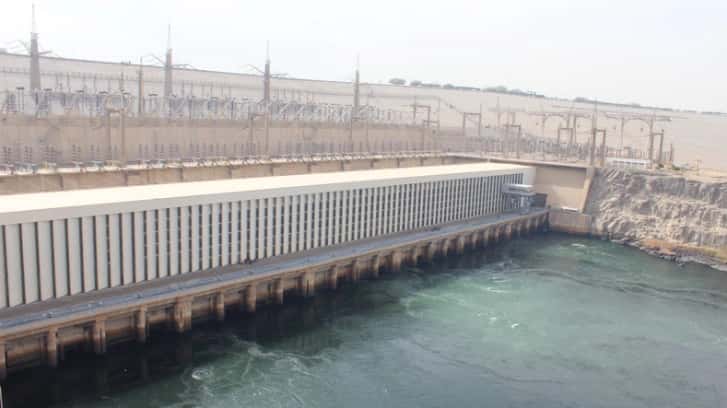
While Lake Nasser brought transformative benefits, its creation exacted a heavy toll on communities and heritage.
When Lake Nasser rose, around 90,000 people—Egyptian farmers and Sudanese Nubian nomads—were forced to leave their ancestral lands. While some had moved after the first Aswan Dam in 1902, most were displaced between 1963 and 1965. Egypt resettled 50,000 people in the Kom Ombo Valley, creating a new farming area called Nubaria. In Sudan, families were relocated near Khashm al-Qirbah
Rising waters also threatened invaluable archaeological sites. Chief among them were the Abu Simbel temples and those on Philae Island. In a landmark operation, engineers disassembled Abu Simbel between 1964 and 1968, moving it piece by piece to higher ground. Philae’s temples were relocated between 1972 and 1979 to Agilkia Island.
Eighteen of the 25 threatened temples were ultimately saved, either in full or in part.
In 1960, UNESCO launched the International Campaign to Save the Monuments of Nubia. Over two decades, the effort raised nearly $80 million—half from international donors—and preserved priceless cultural heritage. As UNESCO proclaimed, the campaign marked a turning point in recognizing global responsibility for cultural preservation: “the world’s art as its indivisible heritage.”
Today, Lake Nasser plays a central role in Egypt’s national development, fulfilling many of the dreams envisioned during its creation.
The Aswan High Dam houses twelve turbines that generate about 10 billion kilowatt-hours annually, supplying nearly 10% of Egypt’s electricity. This renewable energy source reduces Egypt’s reliance on fossil fuels and its environmental footprint.
Lake Nasser has revolutionized Egyptian farming. It supports irrigation for roughly 1.5 million acres—800,000 acres of newly reclaimed desert and another 700,000 converted from seasonal to year-round cultivation. Freed from dependence on flood cycles, Egyptian agriculture has expanded dramatically.
Initially lifeless, the lake has become a thriving ecosystem supporting 52 fish species. Annual catches now exceed 25,000 tons, with Nile perch and tilapia forming the backbone of local fisheries. The industry supports thousands of livelihoods and bolsters food security.
Surrounding farmland produces staple crops like wheat, corn, and rice, along with sugarcane, vegetables, and fruit year-round.
While not as heavily visited as the Nile Valley, Lake Nasser is drawing increasing interest from tourists. Luxury cruises between Aswan and Abu Simbel offer scenic views and access to relocated monuments. The undeveloped shoreline appeals to nature lovers and anglers, while attractions like Kalabsha Temple and the Nubian Museum in Aswan preserve cultural memory.
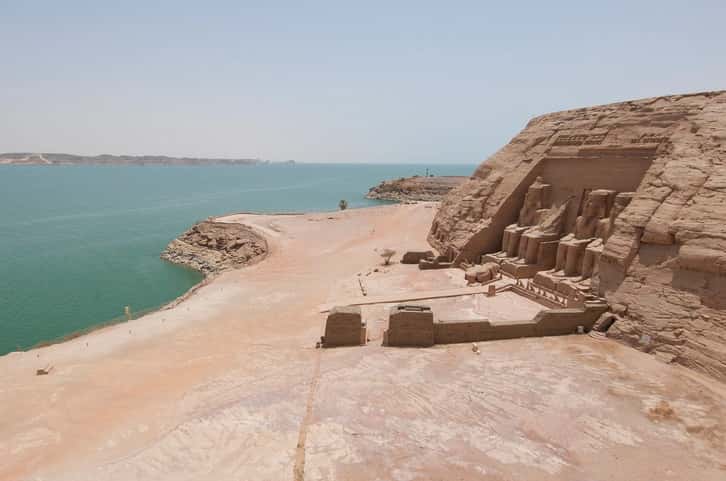
Lake Nasser is a powerful symbol of human achievement and its cost. It brought stable water, electricity, and farmland, transforming life across the region. The natural rhythm of the Nile's floods was replaced by modern control, bringing stability. Today, Lake Nasser is more than just a reservoir—it holds Egypt’s hopes for the future, along with the memories of what was left behind.
Lake Nasser was formed by the Aswan High Dam, completed in 1970. It is one of the world's largest artificial lakes, providing flood control, water storage, hydroelectric power, and irrigation vital to Egypt’s development.
Around 90,000 Egyptian and Sudanese Nubians were displaced. The relocation disrupted cultural practices and traditions, with many communities struggling to adapt in new areas.
The lake irrigates about 1.5 million acres of farmland and generates roughly 10 billion kilowatt-hours of electricity annually, contributing significantly to Egypt’s energy and food supply.
UNESCO coordinated a global campaign that saved 18 monuments, including Abu Simbel, by relocating them to higher ground before they were submerged by the lake.
The lake supports a diverse aquatic ecosystem and a fishing industry yielding over 25,000 tons annually. It has also fostered tourism through cruises and archaeological sites.
Discover how Lake Nasser, Egypt reshaped landscapes, powered a nation to support farming and fishing
